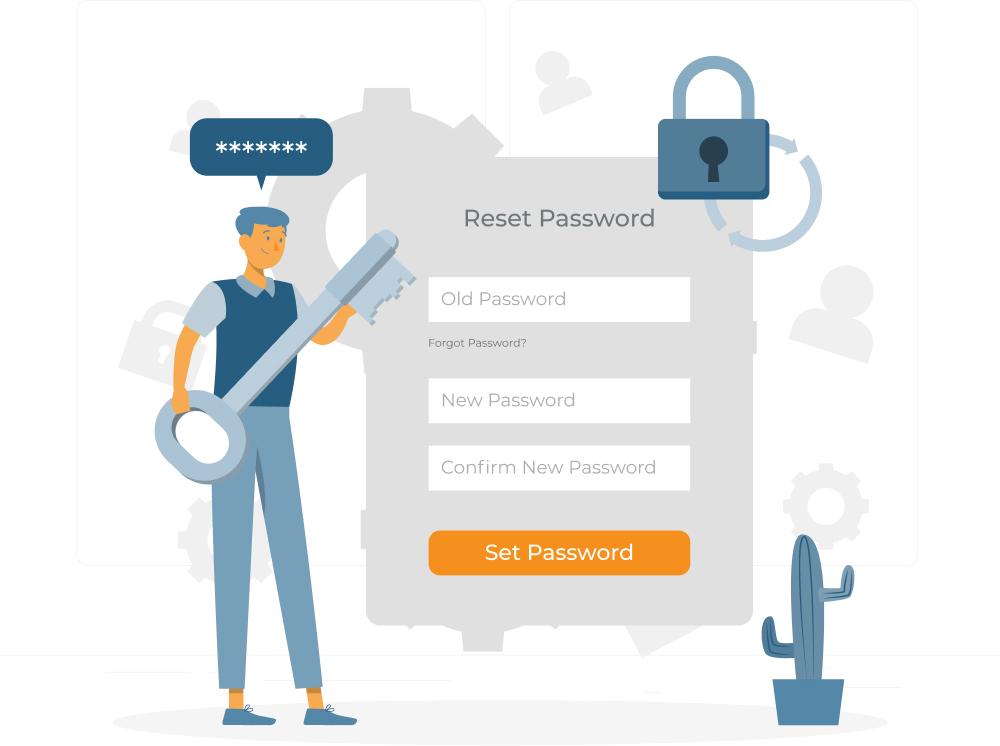Millennials have joined the workforce with a completely different mindset to the generations before them. They are often looked at negatively, being called ‘entitled’, ‘spoilt’ and the ‘me me me’ generation.
This is not new; older generations have always looked at the generation after them as worse off than they were.
Regardless of your opinion of millennials, it is an unavoidable fact that they are now entrenched in the current workforce, bringing in their own ideas and beliefs, and attempting to create the world they believe they should live in. Companies which embrace millennial thinking have shown higher employee retention rates and less disruption to the running of their companies. Meanwhile, companies who refuse to adapt and insist on conformity, are struggling with high turnovers, and will likely keep struggling.
This new generation of employees require more in their leader. They value collaboration, coaching, and mentoring which helps with skill development; they value sharing and transparency, as well as autonomy. Material successes matter less than making a difference and contributing to a bigger cause.

The leaders that are getting the most respect and admiration from their workforce in 2018 are those that are:
Positive
Leaders that focus on the positive, as opposed to fixating on the negative, champion optimism, living by their values, and practising what they preach. They look to improve capabilities rather than correct weaknesses, and build upon ideas of self-actualisation and human potential.
Transformational
Leaders that allow and encourage their employees to solve their problems themselves allow for the blossoming of individuals and group creativity. Transformational leaders develop their team by respecting and recognising each individual’s uniqueness and their impact on the team. Furthermore, these leaders want their employees to be the best possible versions of themselves and this is something millennials greatly value.
Understanding
There are a few ways for leaders to be more understanding, such as:
- Taking the time to understand what your employees value.
- Involving them in bigger discussions and creating the opportunities for their growth.
- Clearly defining their mission, vision, and values, which will allow employees to buy into a larger sense of purpose and community. This is critical for keeping a workforce engaged and working towards a vision.
- Flexibility – they crave experiences more than assets.
Workplaces which are adapting to the change in mindset have a greater chance of reducing the constant turnover of employees and saving precious talent, time, and money for the company.
Do you have a leader who you truly value in your life? If you do, share this blog post with them to show them your appreciation!

